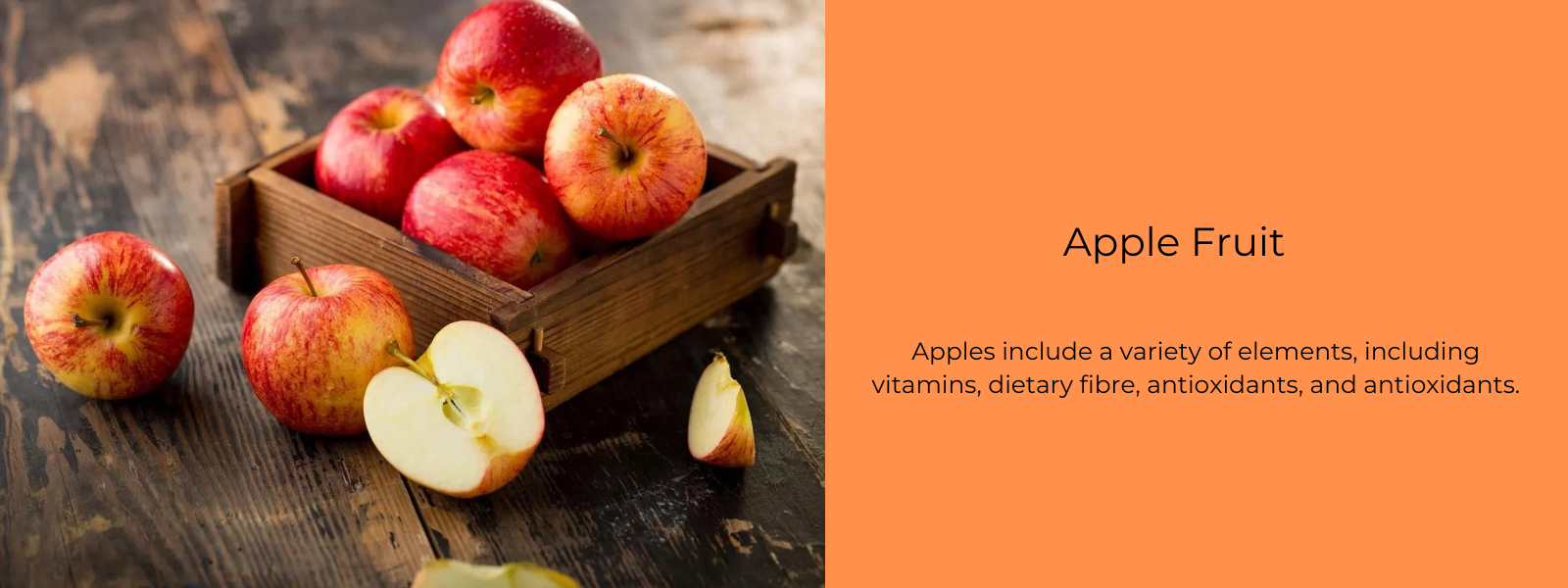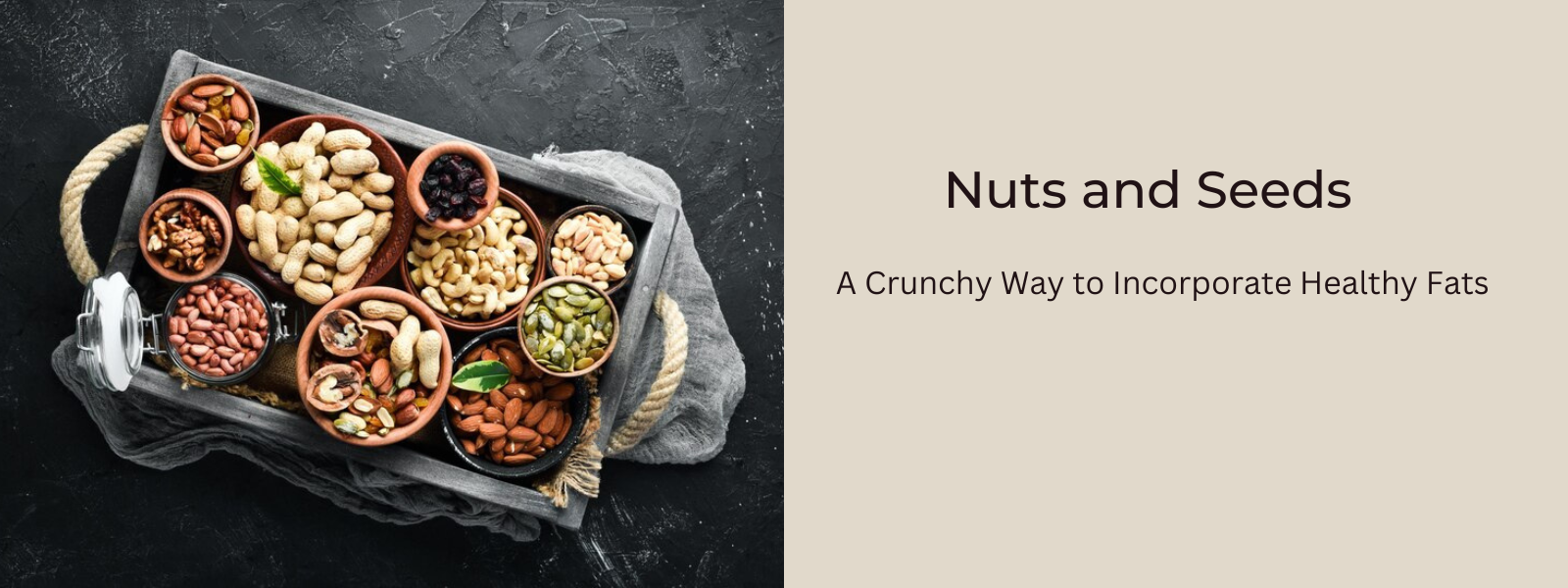In the nutritional showdown between fresh fruit and dried fruit, both options offer unique benefits and considerations. Fresh fruit, with its high water content and crisp texture, provides hydration and volume while delivering essential vitamins, minerals, and antioxidants. It's a low-calorie, high-fiber option that supports digestive health, regulates blood sugar levels, and promotes overall well-being. On the other hand, dried fruit is more nutrient-dense on a per-gram basis due to the removal of water, offering concentrated sources of vitamins, minerals, and fiber. However, the drying process can also lead to a higher concentration of natural sugars and calories per serving, making portion control essential. While both fresh and dried fruits can be part of a healthy diet, it's important to consider factors such as calorie density, sugar content, and overall dietary balance when choosing between them.
Table of Contents
Fresh Fruit:
Fresh fruit is harvested and consumed in its natural state, without undergoing any processing other than washing. Here's a detailed look at its nutritional profile and benefits:
- Water Content: Fresh fruits have a high water content, which contributes to their hydration and satiety properties. Eating fresh fruits can help keep you hydrated and may aid in weight management by promoting feelings of fullness.
- Fiber: Most fresh fruits are excellent sources of dietary fiber, including both soluble and insoluble fiber. Fiber supports digestive health, regulates bowel movements, and helps control blood sugar levels and cholesterol levels. It also promotes a feeling of fullness, which can aid in weight management.
- Vitamins and Minerals: Fresh fruits are rich in essential vitamins and minerals, including vitamin C, vitamin A, potassium, and folate. These nutrients play vital roles in immune function, vision, bone health, and overall well-being.
- Antioxidants: Many fresh fruits are packed with antioxidants, such as flavonoids, polyphenols, and carotenoids. These compounds help protect cells from damage caused by free radicals, reduce inflammation, and lower the risk of chronic diseases like heart disease, cancer, and diabetes.
- Low in Added Sugars: Fresh fruits are naturally sweet but contain no added sugars. They provide sweetness in a natural, unprocessed form, making them a healthier alternative to sugary snacks and desserts.
Nutritional Content Of Common Fresh Fruits:
- Apples: Crisp and sweet, apples are a versatile fruit enjoyed raw or cooked in various dishes. They are rich in fiber, vitamin C, and antioxidants.
- Bananas: Bananas are a popular tropical fruit known for their creamy texture and sweet flavor. They are a good source of potassium, vitamin B6, and vitamin C.
- Oranges: Oranges are citrus fruits prized for their juicy flesh and tangy-sweet flavor. They are high in vitamin C, fiber, and antioxidants like flavonoids.
- Berries (Strawberries, Blueberries, Raspberries, Blackberries): Berries are small, colorful fruits packed with vitamins, minerals, and antioxidants. They are especially rich in vitamin C, fiber, and anthocyanins.
- Grapes: Grapes are small, juicy fruits available in a variety of colors, including green, red, and purple. They are a good source of vitamins C and K, as well as antioxidants like resveratrol.
- Pineapple: Pineapple is a tropical fruit with a sweet and tangy flavor. It is rich in vitamin C, manganese, and bromelain, an enzyme with anti-inflammatory properties.
- Watermelon: Watermelon is a refreshing summer fruit known for its high water content and sweet flavor. It is an excellent source of hydration and provides vitamins A and C.
- Kiwi: Kiwi is a small, fuzzy fruit with bright green flesh and a tangy-sweet flavor. It is rich in vitamin C, vitamin K, and dietary fiber.
Dried Fruit:
Dried fruit is produced by removing the water content from fresh fruit through drying methods, such as sun-drying or dehydration. While dried fruit offers some nutritional benefits, it also has some drawbacks compared to fresh fruit:
- Concentrated Nutrients: Dried fruit is more nutrient-dense than fresh fruit because the drying process removes water, leaving behind a concentrated source of vitamins, minerals, and fiber. However, this also means that dried fruit contains more calories and carbohydrates per serving compared to fresh fruit.
- Fiber: Dried fruit is a concentrated source of dietary fiber, which can support digestive health and help regulate bowel movements. However, the drying process can cause some fruits to lose water-soluble fiber, such as pectin, while retaining insoluble fiber.
- Natural Sugars: Dried fruit contains natural sugars, such as fructose and glucose, which provide sweetness and energy. While these sugars are naturally occurring, they can still contribute to calorie intake and blood sugar levels, especially when consumed in large quantities.
- Calories: Dried fruit is calorie-dense due to its concentrated nature, making it easy to consume large quantities in a single sitting. This can lead to excessive calorie intake, which may contribute to weight gain if not balanced with other nutrient-rich foods.
- Portion Control: Because dried fruit is calorie-dense, portion control is essential to avoid overeating. It's easy to consume several servings of dried fruit in one sitting, which can quickly add up in calories and carbohydrates.
Nutritional Content Of Common Dried Fruits:
- Raisins: Raisins are dried grapes with a sweet and chewy texture. They are rich in fiber, potassium, and antioxidants like resveratrol.
- Dried Apricots: Dried apricots are sweet and slightly tart fruits with a chewy texture. They are high in fiber, vitamin A, and potassium.
- Dates: Dates are sweet, caramel-like fruits with a chewy texture and rich flavor. They are high in fiber, potassium, magnesium, and antioxidants.
- Dried Cranberries: Dried cranberries are tart and slightly sweet fruits with a chewy texture. They are rich in antioxidants, particularly proanthocyanidins, and provide vitamin C and fiber.
- Dried Figs: Dried figs are sweet and chewy fruits with a unique flavor profile. They are high in fiber, potassium, and antioxidants like phenolic compounds.
- Dried Mango: Dried mango is a sweet and tangy fruit with a chewy texture. It is rich in vitamin A, vitamin C, and fiber.
- Dried Pineapple: Dried pineapple is sweet and tropical with a chewy texture. It provides vitamins A and C, as well as dietary fiber.
- Dried Cherries: Dried cherries are tart and sweet with a chewy texture. They are high in antioxidants like anthocyanins and provide vitamins A and C.
Comparison: Fresh Fruits VS Dried Fruits
When comparing fresh fruit to dried fruit, there are several factors to consider:
- Water Content: Fresh fruit contains a high water content, which contributes to hydration and satiety, while dried fruit has had most of its water removed, resulting in a more concentrated source of nutrients and calories.
- Fiber: Both fresh and dried fruit are good sources of dietary fiber, which supports digestive health and helps control blood sugar and cholesterol levels. However, the drying process can affect the type and amount of fiber present in dried fruit.
- Sugar Content: While both fresh and dried fruit contain natural sugars, dried fruit is more concentrated in sugars due to the removal of water. This can lead to higher calorie and carbohydrate intake if consumed in excess.
- Nutrient Density: Dried fruit is more nutrient-dense than fresh fruit on a per-gram basis due to its concentrated nature. However, fresh fruit provides hydration and volume, making it more filling and satisfying.
Conclusion:
In conclusion, both fresh fruit and dried fruit offer nutritional benefits and can be part of a healthy diet. Fresh fruit provides hydration, volume, and a variety of essential vitamins, minerals, and antioxidants, while dried fruit offers concentrated nutrients and fiber. However, it's essential to practice portion control with dried fruit due to its calorie density and sugar content. Incorporating a variety of fresh and dried fruits into your diet can help you meet your nutritional needs and enjoy a wide range of flavors and textures.











Leave a comment